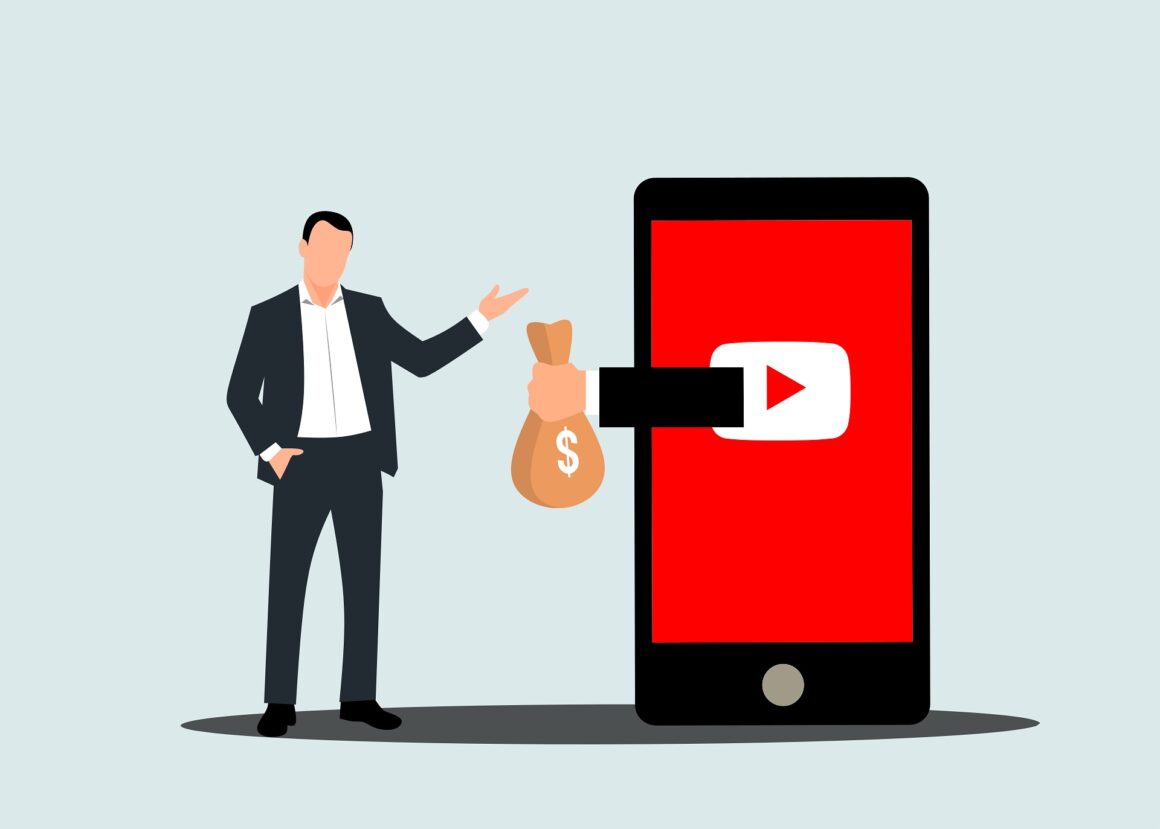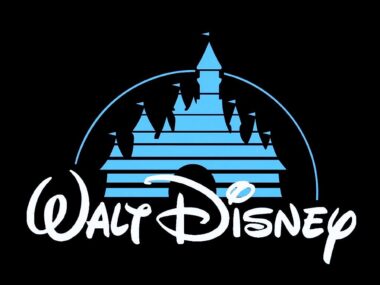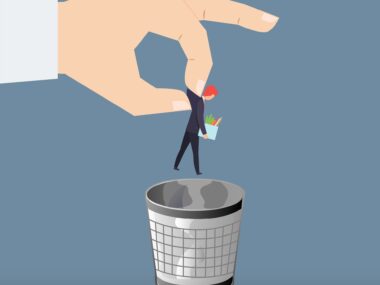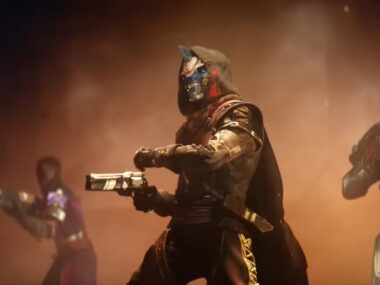It’s good to hear YouTube is tightening up its monetization policies. Starting July 15, 2025, the platform will no longer allow mass-produced, repetitive, or low-value content into the YouTube Partner Program. That includes the kinds of videos a lot of us already find frustrating. AI-generated slideshows, voiceover-only uploads with zero editing, or “reaction” content that’s just someone watching someone else’s video with barely a word added. It’s basically the video version of clickbait: content that looks interesting at first glance but adds little to nothing of actual value.
If it works the way they say it will, this change could clean up a lot of the clutter. And stop rewarding people who build million-dollar channels off other people’s work.
What’s Actually Changing?
Here’s the short version: YouTube is updating its rules for who can make money on the platform. Under the new policy, the following types of videos will no longer be eligible for monetization:
- Mass-produced content (bulk uploads with minimal human input)
- Repetitive content (same format or script reused endlessly)
- Auto-generated videos with synthetic voices and no real commentary
- Minimal edits that try to pass old content off as new (color changes, cropping, etc.)
- Reused third-party content without significant transformation (e.g. uploading someone else’s entire video)
Reaction videos that simply reupload someone else’s full work with little added commentary? Not monetizable. AI-generated content that feels mass-produced? Also out. CapCut-template videos with barely any change from one to the next? Same deal.
YouTube is also reviewing channels more strictly before letting them into the Partner Program. That includes re-checking current members too.
Good Riddance to Content Farmers
Let’s be honest: some of the biggest channels right now are built on content that isn’t theirs. There are streamers who “farm” content by playing other people’s videos on Twitch, then uploading those full-length segments to YouTube. These aren’t thoughtful reactions. These are copy-pastes with a face in the corner. Viewers don’t even need to go watch the original video afterward. That’s not fair use. That’s just free-riding.
What’s worse is that some of these channels are raking in millions. They’re not licensing the videos they use. They’re not paying the creators. They’re just profiting off someone else’s work while adding almost nothing of their own. Hopefully, this new policy finally puts a stop to that. Or at least stops paying them for it.
Will It Hit the Wrong Targets Too?
That’s my biggest concern.
There are creators out there making really good no-commentary gameplay videos. I watch those when I want to immerse myself in a game’s story without someone constantly yelling over it. A lot of those creators even get early access keys from publishers, so it’s not a copyright issue. The publishers want that content out there.
The worry is whether YouTube will see those no-commentary videos as “low-value” just because they don’t include a voiceover or flashy editing. But if you’ve ever made a video like that, you know how much work goes into it. Navigating the game cleanly, editing transitions, encoding, uploading. It’s not “mass-produced.” It’s just a different kind of storytelling.
I hope YouTube makes room for that kind of content and doesn’t throw it out with the junk.
What About AI Channels?
This is where it gets tricky. Take a channel like AI Revolution. It uses an AI presenter, but the news coverage is well-researched. I actually like those videos. Or Neurosama, which uses an AI character to interact with Twitch chat and play games. It’s entertaining, and it’s clearly a creative concept.
So, do those count as “low effort”? Not necessarily. YouTube’s new rules don’t ban AI content. They just say you can’t monetize it unless there’s significant human creativity involved. That means scripting, editing, research, or adding some kind of original storytelling.
If a channel is just feeding prompts into a generator and uploading the results, sure, demonetize it. But if the creator is using AI as a tool, not a shortcut, that should still be allowed to earn money.
What Counts as “Template-Driven”?
There’s also been some confusion about the term “template-driven content.” YouTube isn’t punishing creators for using consistent branding or a familiar format. It’s about cracking down on content that swaps out a few words or visuals but is otherwise copy-pasted.
For example:
- ❌ CapCut videos where the only difference is the title or one new clip
- ❌ AI-generated slideshows using the same voice and structure across dozens of topics
- ❌ Looped animations or PowerPoint templates swapped with new stock footage
That’s different from:
- ✅ A series with a recurring format but new commentary each time
- ✅ Game retrospectives that always include an intro, analysis, and outro, but are deeply researched
- ✅ A cooking channel that uses the same structure but films a brand-new recipe each week
It’s not about structure. It’s about substance.
Will This Help or Hurt the Platform?
We’ll see. In theory, this update should push YouTube closer to what it claims to value: originality, creativity, and content that actually gives something to viewers. That’s great.
But in practice? Policies like this always come with edge cases. There are creators who fly under the radar with lazy, high-earning content, and there are also smaller creators who get flagged unfairly just because their work looks simple on the surface. YouTube’s enforcement has never been perfect and I doubt it suddenly will be.
This is a step in the right direction. It sets a clearer standard. If you want to make money on YouTube, your content has to be more than a placeholder for someone else’s work.
YouTube’s new monetization policy doesn’t ban AI content, reaction videos, or no-commentary gameplay. But it does raise the bar.
✅ Reaction content has to be transformative. No more full reuploads with a face cam and nothing else.
✅ AI videos must show clear human creativity: scripting, editing, research.
✅ No-commentary gameplay must still offer unique value, not just raw cutscenes with no effort.
✅ Template-driven mass uploads will be demonetized. Especially if they’re just farming views with minimal changes.
The goal is to reward content that’s actually worth watching, not just whatever’s easiest to churn out. That’s good news for viewers, and hopefully, good news for creators who put real effort into their work.
Let’s just hope the enforcement lives up to the vision.






